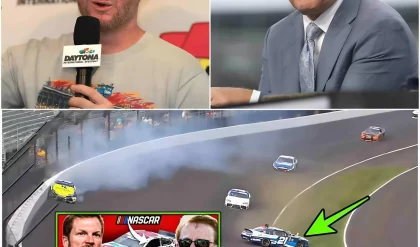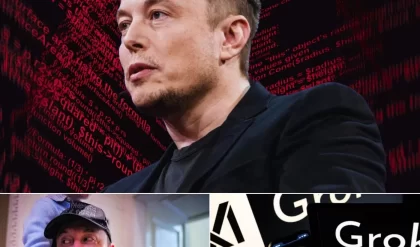The Iowa Corn 350 Powered by Ethanol at Iowa Speedway on August 3, 2025, was a race that promised high stakes, high speed, and high drama. For Chase Briscoe, the Joe Gibbs Racing driver who started on pole, it was a golden opportunity to claim a victory at a track he holds dear. Iowa Speedway, a 0.875-mile oval nestled in Newton, Iowa, has long been a favorite for Briscoe, who boasts a 2016 ARCA Menards Series win and a 2019 Xfinity Series victory at the venue. Yet, despite his blistering pace and a commanding performance, Briscoe crossed the finish line in second place, outmaneuvered by William Byron’s masterful fuel strategy. This marked Briscoe’s third runner-up finish in four weeks, a bittersweet streak that underscores his potential but leaves fans wondering: when will his breakthrough moment arrive?

The race unfolded under the bright Iowa sun, with 37 drivers vying for supremacy in front of a passionate crowd. Briscoe, piloting the No. 19 Bass Pro Shops Toyota, set the tone early by securing his sixth pole of the 2025 season with a lap of 136.933 mph, edging out Byron by a mere 0.084 seconds. His qualifying prowess has been a defining feature of his first year with Joe Gibbs Racing, a team known for its championship pedigree. Briscoe himself acknowledged the advantage of his new equipment, stating, “The race cars are really good, truthfully. And I felt like my entire career, even at SHR, we’d always kind of over-exceed where we should probably qualify, and now I’m just in a race car that lets me go run really fast lap times.” This confidence carried into the race, where he led 81 laps and showed the speed to challenge for the win.
William Byron, driving the No. 24 Hendrick Motorsports Chevrolet, was Briscoe’s chief rival from the outset. Byron seized the lead on the opening lap, capitalizing on his front-row start to set a relentless pace. The race saw 12 cautions over 72 laps, a chaotic rhythm that turned the event into a strategic chess match. Byron led 141 laps, but it was his fuel management in the final stages that proved decisive. Pitting earlier than his competitors, Byron stretched his fuel cell to an astonishing 144 laps—44 laps beyond the typical fuel window at Iowa. A flurry of seven cautions in the final 65 laps allowed him to conserve just enough to hold off Briscoe, who finished 1.192 seconds behind.
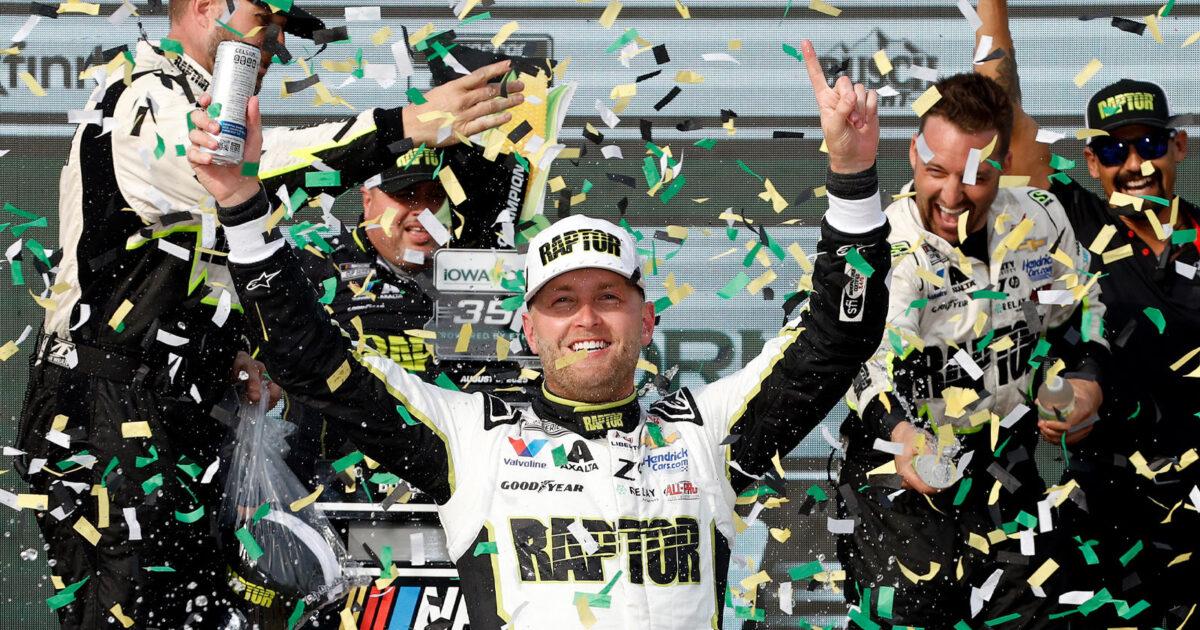
Briscoe’s pursuit of Byron was a thrilling spectacle. In the final 64-lap green-flag run, he closed the gap, sensing a chance to overtake. “There at the end, I was running William down,” Briscoe said post-race. “I thought I was really in the catbird seat there, and I just got there and kind of stalled out. I kind of experienced that when I was leading earlier. I caught the back of the field, and same thing; as soon as I got there, I just kind of died.” The partial repave of Iowa Speedway created a single dominant groove, limiting passing opportunities and amplifying the impact of dirty air. Briscoe’s No. 19 Toyota struggled in Turns 3 and 4, where Byron maintained an edge, ultimately thwarting his charge.
The race wasn’t without controversy for Briscoe. Two cautions in the final stage were tied to incidents involving him and his Toyota teammates, Erik Jones, Christopher Bell, and Tyler Reddick. Briscoe took full responsibility for a collision that spun Reddick into Bell, calling it a “boneheaded move” on his part. “I just want to apologize to the 45 and the 20,” he said. “That was just 100 percent on me.” Despite the setbacks, Briscoe’s recovery to second place was a testament to his resilience and the strength of his Joe Gibbs Racing team. “Our day kind of got flipped upside down whenever that caution came out and trapped us, and was able to rebound,” he noted, highlighting the team’s ability to adapt under pressure.
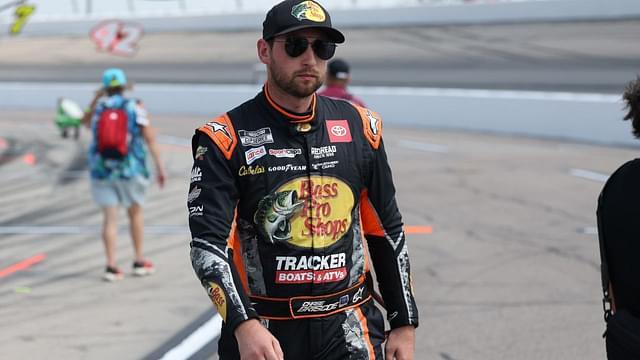
For Byron, the victory was a redemption arc after fuel woes cost him wins at Michigan and Indianapolis earlier in the season. “We’ve been through a lot this year,” Byron said. “It’s been a lot of growing pains. It feels really good today to get a win.” His strategic gamble, guided by crew chief Rudy Fugle, paid off as he regained the Cup Series points lead, 18 points ahead of teammate Chase Elliott. Byron’s celebratory burnouts were cut short when his Chevrolet ran dry, a poetic end to a race defined by fuel mileage.
Briscoe’s near-miss at Iowa adds to a narrative of agonizing close calls. His second-place finishes at Dover, Sonoma, and now Iowa follow his breakthrough win at Pocono earlier in 2025. With four races remaining in the regular season, Briscoe is already locked into the playoffs, but his focus is on accumulating bonus points to bolster his championship bid. “We are 17 points behind Ryan Blaney for seventh in points, so that’s another thing we are focused on right now,” Briscoe said. “The biggest thing for right now is to get as many playoff points as we can.” His consistency—eight top-5 finishes and 226 laps led through 22 races—positions him as a dark horse in the postseason.
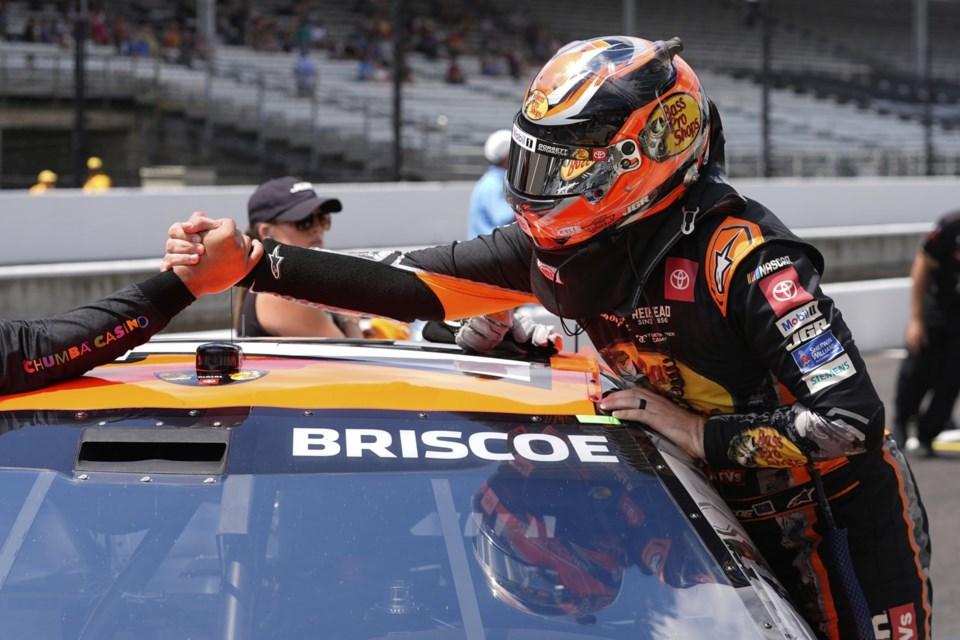
Iowa Speedway itself was a star of the weekend, drawing a sold-out crowd for NASCAR’s second Cup Series visit. The track’s racing-rich culture, bolstered by nearby Knoxville Speedway, creates an electric atmosphere. Briscoe, a native of Mitchell, Indiana, has long championed Iowa as a must-visit venue for NASCAR. “It’s still this great venue and such a great area for motorsports,” he said, reflecting on the passionate fanbase. The $9,797,935 purse, a significant increase from 2024, underscored the event’s growing prestige.
As the NASCAR Cup Series heads toward the playoffs, Briscoe’s performance at Iowa raises intriguing questions. Can he overcome the so-called “pole curse” that has plagued short-track pole-sitters since 2019? His qualifying dominance—six poles and an average starting position of 10.348—has yet to translate into a short-track win. Yet, his speed across diverse tracks like Pocono, Dover, Sonoma, and Iowa signals a driver peaking at the right time. Meanwhile, Byron’s fuel-mileage masterclass serves as a reminder of the fine margins that define NASCAR’s elite level.
For fans, the Iowa Corn 350 was a rollercoaster of emotion, blending high-speed action with strategic intrigue. Briscoe’s near-victory, coupled with his candid reflections, makes him a relatable figure—a driver on the cusp of greatness, battling both competitors and the sport’s unpredictable nature. As he prepares for the next race, Briscoe’s words linger: “We’ve been in position enough, running second like that, you’re going to end up winning some of them.” Will his next chance at victory be the one that breaks through? Only time will tell, but one thing is certain: Chase Briscoe is a name to watch as NASCAR’s playoff drama unfolds.
